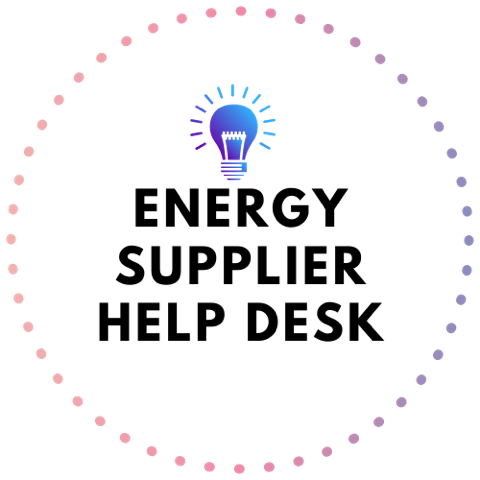Below are 3 “green power” retail energy resources:
Retail Energy’s Greenwashing Report
Retail Energy’s Greenwashing YouTube
Maryland’s 2021 residential “green power” rates paid by retail supplier.
1. 2022 Report - Retail Energy’s Greenwashing. Millions have enrolled in retail “green energy” plans hoping to help our ailing climate. But if you dig deeper, consumers are not paying for clean energy when they sign up. Instead, they’re getting the same local utility grid electricity as their neighbors who didn’t enroll with an energy supplier. They also don’t know that the average $320 “green” premium each of the 1.5 million families paid in 2020 went mostly toward energy supplier bottom lines, and not toward repairing our climate.
There are two things that allow this bait-and-switch to happen: a little-known market instrument called a Renewable Energy Certificate, or REC; and the Federal Trade Commission’s Green Guide, the agency’s de facto rule book in which a mischaracterization of RECs provides legal cover for renewable marketing claims that are not only confusing, but also incorrect. Read report here —->>> report file
2. YouTube: How Renewable Energy Certificates Became “100% Renewable Energy”
Explaining a theoretical financial concept (unbundled RECs) layered on top of an esoteric US electricity grid system, is daunting. If the REC concept is still fuzzy, check out this short Youtube video produced by the author hoping that a few hand-drawn pictures will convey 3,000+ words. YouTube link is: https://youtu.be/4jAHkJ3DA4w
3. ‘GUCCI’ Renewable Energy Certificates (RECs)?
In Maryland, at least 108,000 (25%) of residential retail accounts switched to “green power.”
Each account paid avg. $412 more than regulated rates for REC-based offers (none are Green-e RECs).
Each accounts used 11 RECs’ worth electricity in 2021.
$412 extra equates to $37 / REC. Supplier paid about $2 each. $22 for RECs, $390 to profits/costs.


